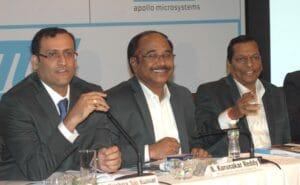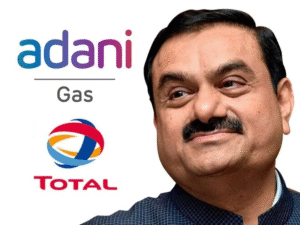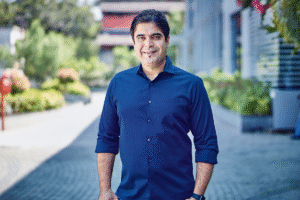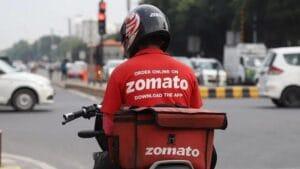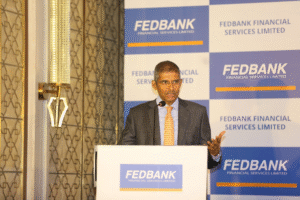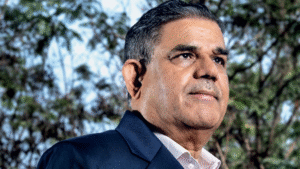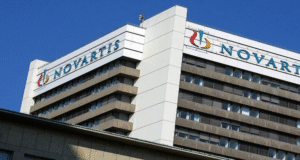1. At a Glance
If you thought Cello only made those pens you “borrowed” in school and never returned, welcome to the ₹12,453 crore empire. Cello World Ltd now runs a full consumer durables circus — writing instruments, molded furniture, and housewares. Basically, they’ve monetised everything in your kitchen except your mother’s rolling pin. But in Q1 FY26, profit dipped 11.6% YoY. Not a death sentence, but enough for analysts to clutch their spreadsheets nervously.
2. Introduction
Imagine a company that started with humble pens and now sells you plastic chairs, water bottles, lunchboxes, and occasionally your childhood memories. That’s Cello World.In India’sconsumer durables space, where competitors fight over market share like uncles at a wedding buffet, Cello has built a 3-segment army — stationery, furniture, and houseware.
FY25 was a mixed masala — sales grew to ₹2,136 Cr (TTM ₹2,165 Cr), but net profit slid slightly to ₹356 Cr. ROE still looks respectable at20.4%, which is far from disastrous — but the market clearly wantsmore than just tiffin boxes.
3. Business Model (WTF Do They Even Do?)
Cello’s “diversification” is basically: if it can be injection-moulded, they’ll sell it.
- Writing Instruments & Stationery– Pens, markers, mechanical pencils, and other items your office admin hoards like treasure.
- Molded Furniture– Plastic chairs, tables, and anything else that’s a nightmare for your back but a dream for profit margins.
- Consumer Housewares– Bottles, lunchboxes, kitchen containers — the silent soldiers of middle-class India’s meal prep.
Revenue mix is skewed heavily towards houseware & stationery. The furniture division gives them bulk sales but lower margins; stationery offers steady repeat buying, and houseware ensures they stay in your kitchen 24/7.
4. Financials Overview
Let’s do theP/E
recalculationproperly. Latest quarterly EPS = ₹3.31 → Annualised EPS = ₹13.24. CMP ₹563 → P/E =42.5(higher than the displayed 37.8 — inflation even hit valuations).
| Metric (₹ Cr) | FY24 | FY25 | TTM | YoY % |
|---|---|---|---|---|
| Revenue | 2,000 | 2,136 | 2,165 | 7% |
| EBITDA | 509 | 510 | 490 | 0% |
| PAT | 356 | 365 | 356 | -2% |
| OPM % | 25% | 24% | 23% | – |
| ROE % | 24% | 20% | – | – |
Commentary:Flat EBITDA with rising working capital days (184 now)is a red flag. It’s like running faster but carrying a heavier backpack — you look busy but don’t get far.
5. Valuation (Fair Value RANGE only)
Method 1: P/E– Industry median P/E ≈ 39. Applying to EPS ₹13.24 → FV = ₹516.Method 2: EV/EBITDA– EV ₹12,453 Cr, EBITDA TTM ₹490 Cr → EV/EBITDA ≈ 25.4. Industry fair multiple ~22 → FV = ₹11,000 Cr EV → ₹456/share.Method 3: DCF– Assuming 10% growth for 5 years, discount rate 12%, terminal growth 4% → FV ≈ ₹480/share.
| Method | FV (₹) |
|---|---|
| P/E | 516 |
| EV/EBITDA | 456 |
| DCF | 480 |
FV Range:₹456 – ₹516
Disclaimer:This FV range is for educational purposes only and is not investment advice.





